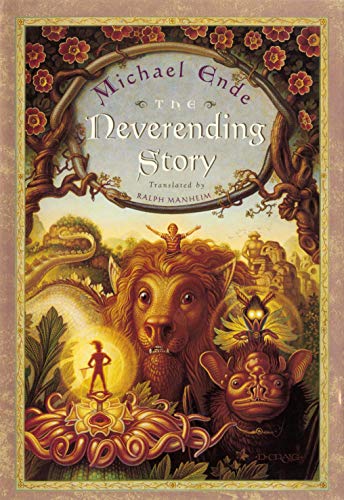Get great book deals and freebies sent straight to your email daily: Subscribe to BookGorilla—it’s free!
From Publishers Weekly: The first English version since 1928 uncovers the deep, painful significance of the beloved tale.
While at a Modern Language Association annual conference a few years ago, Jack Zipes was approached by representatives from one of his former publishers with a proposition. Would he like to do a new translation of Bambi from the original German? An English version had not been published since 1928. Zipes hesitated to take the idea seriously. As one of the nation’s pre-eminent fairytale scholars (he was the first to translate the entire Brothers Grimm collection from the original German), he knew as much about the story as most people—that the story was a classic Disney film, bursting with cheerful woodland creatures and swells of orchestral music. But as editor of Princeton University Press’s Oddly Modern Fairy Tales series, he was intrigued.
As he researched, Zipes made “a stunning discovery”: a nearly forgotten author and a story much richer than he could have imagined. First published in Austria in 1922, Bambi, a Life in the Forest by Felix Salten was anything but the “shallow, sentimental story” portrayed in the Disney movie. Instead, Zipes said, the novel is “a brilliant and profound story of how minority groups throughout the world have been brutally treated” and an “allegory about the weak and powerless.”
“I was shocked,” Zipes said. Calling it “dystopic and sobering,” he said the story “was never intended for children.”
His translation of The Original Bambi: The Story of a Life in the Forest will be released February 22 by Princeton University Press, featuring an introduction by Zipes and black-and-white illustrations by Alenka Sottler that capture both the stillness and interplay of animals in the forest.
Read full post on Publishers Weekly














![The Original Bambi: The Story of a Life in the Forest by [Felix Salten, Alenka Sottler, Jack Zipes]](https://m.media-amazon.com/images/I/51lZrWDlcgS.jpg)